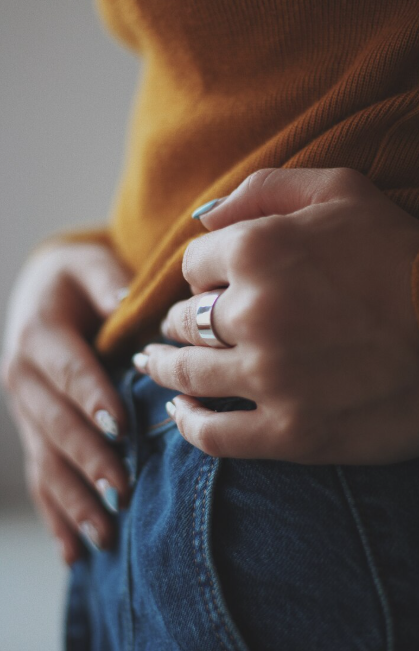Understanding Interstitial Cystitis
Interstitial Cystitis (IC) is a chronic inflammatory condition that affects the protective lining of the bladder, causing pain, urinary urgency, and frequent urination. Once thought to affect only women, it is now recognized in men as well. The exact cause is unknown, but it is believed to involve immune and inflammatory dysfunction rather than infection. Over time, inflammation can lead to scaring of the bladder wall, reducing its capacity and worsening symptoms.
Hyperbaric Oxygen Therapy has been shown to significantly improve bladder health, reduce pain, and restore bladder function in patients with IC. In a large study of over 200 patients, more than 96% reported substantial improvement in their symptoms after HBOT, with no worsening effects reported.

